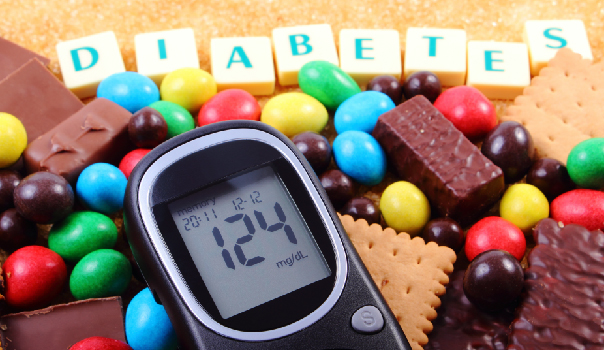Diabetes is a disorder that affects the way your body uses food for energy. Normally, the sugar you take in is digested and broken down to a simple sugar, known as glucose. The glucose then circulates in your blood where it waits to enter cells to be used as fuel. Insulin, a hormone produced by the pancreas, helps move the glucose into cells. A healthy pancreas adjusts the amount of insulin based on the level of glucose. But, if you have diabetes, this process breaks down, and blood sugar levels become too high.
There are two main types of full-blown diabetes. People with Type 1 diabetes are completely unable to produce insulin. People with Type 2 diabetes can produce insulin, but their cells don’t respond to it. In either case, the glucose can’t move into the cells and blood glucose levels can become high. Over time, these high glucose levels can cause serious complications.
Pre-Diabetes
Pre-diabetes means that the cells in your body are becoming resistant to insulin or your pancreas is not producing as much insulin as required. Your blood glucose levels are higher than normal, but not high enough to be called diabetes. This is also known as “impaired fasting glucose” or “impaired glucose tolerance”. A diagnosis of pre-diabetes is a warning sign that diabetes will develop later. The good news: You can prevent the development of Type 2 diabetes by losing weight, making changes in your diet and exercising.
Type 1 Diabetes
A person with Type 1 diabetes can’t make any insulin. Type 1 most often occurs before age 30, but may strike at any age. Type 1 can be caused by a genetic disorder. The origins of Type 1 are not fully understood, and there are several theories. But all of the possible causes still have the same end result: the pancreas produces very little or no insulin anymore. Frequent insulin injections are needed for Type 1.
Type 2 Diabetes
A person with Type 2 diabetes has adequate insulin, but the cells have become resistant to it. Type 2 usually occurs in adults over 35 years old, but can affect anyone, including children. The National Institutes of Health state that 95 percent of all diabetes cases are Type 2. Why? It’s a lifestyle disease, triggered by obesity, a lack of exercise, increased age and to some degree, genetic predisposition.
Gestational Diabetes
Gestational diabetes (GD) affects about 4 percent of all pregnant women. It usually appears during the second trimester and disappears after the birth of the baby.
Like Type 1 and Type 2, your body can’t use glucose effectively and blood glucose levels get too high. When GD is not controlled, complications can affect both you and your baby. Your doctor will help you work out a diet and exercise plan, and possibly medication. Having GD increases your risk for developing it again during future pregnancies and also raises your risk of Type 2 diabetes later in life.
Diabetes Treatments
Diabetes is a complicated disease. It can affect many areas of your body as well as many areas of your life. Treatments for both type 1 and type 2 diabetes can bring on many new challenges. What you eat, medications, testing your blood glucose, exercising…all these play a role in successful management of diabetes.

Photo Credit: matheusswanson Flickr via Compfight cc
